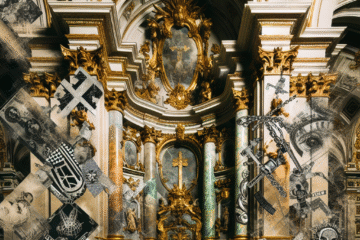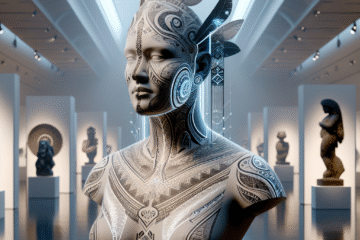The evolution of art education has undergone significant changes over the years, and today, students have more options than ever before for how and where they can study art. From traditional ateliers to online classes, the ways in which we learn about art have evolved to meet the needs of students in a rapidly changing world.
In the past, art education often took place in ateliers, or studios, where students could learn from a master artist. Ateliers were common in the Renaissance period and were often associated with guilds, where aspiring artists could learn the skills
necessary to become professional painters, sculptors, or other types of artists. Ateliers were typically small and intimate, with a small number of students working closely with a master artist to learn their craft.
As the art world changed and the demand for art education increased, ateliers began to evolve. In the 19th and 20th centuries, art schools and academies emerged, offering more structured and formalized art education. These schools often had a more rigid curriculum and a larger number of students, and focused on teaching students the technical skills necessary to create art.
Today, art education has continued to evolve, with the rise of online classes and degree programs. Online art classes and degree programs allow students to learn from anywhere in the world, and offer a flexible and convenient way to study art. Many online programs are taught by experienced artists and art educators, and offer a wide range of subjects and disciplines, including painting, drawing, sculpture, and digital media.
Despite the many changes in art education, the fundamental principles of art-making remain the same. Whether in an atelier, an art school, or an online class, students of art are still learning how to see, how to create, and how to express themselves through art. The evolution of art education has allowed more people to access the joy and fulfillment of creating art, and will continue to shape the way we learn about art in the future.


